Exercise supersets are a great way to get the most out of your workout, however there is often a lot of confusion and misinformation around when, why and how they should be used.
The truth is that they can be used in many ways to achieve many different goals, but it is critical to understand what you are trying to achieve before you can decide how to execute the superset. So, to make sure you get the best possible results from your training programme, let’s talk through the different types of supersets and their benefits:
1) Agonist & Antagonist Supersets:
Put simply, this is pairing an exercise working one (/group of) muscle/s with an exercise working the opposing muscle/s (think: chest/back; biceps/ triceps; quads/hamstrings). If your main goal was fat loss then you would keep the rest period low (45 seconds) and equal between each exercise; if your main goal was strength you’d take longer rests (120 seconds) and equal between each exercise. So, for a chest and back strength workout you might start with bent over row for 5 reps; rest for 120 seconds, bench press for 5 reps, rest for 120 seconds and so on. This type of exercise superset allows for more workload within a session whilst minimising fatigue and also encourages a higher level of motor unit recruitment.
2) Large Compound Supersets:
This is a favourite of ours for clients training towards body composition results. It involves taking two large exercises and pairing them with equal rest periods between each exercise. This allows for a far greater workload and a much higher calorie expenditure compared to single sets. A good example of this would be super-setting a back-squat with pull-up with a 45-60 second equal rest period between each exercise.
3) Pre-exhaust Supersets:
This is a popular training protocol amongst bodybuilders and involves pre-exhausting the major muscle group with an isolation exercise followed immediately with a compound movement using the same muscle group. The objective is to increase the time the muscle is under tension to help stimulate muscle growth. A good example of this would be cable chest flyes followed immediately by a bench press and then taking your rest period once both exercises are completed.
4) Post-exhaust Supersets:
Again popular in the bodybuilding world, a post-exhaust superset is used for the same reason as pre-exhaust, but this time the isolation exercise (e.g.: chest fly) follows immediately after the compound exercise (e.g.: bench press) rather than before. Both pre and post-exhaust will result in similar training results but the two provide variety in stimulus to the muscles and to your programme.
As you can see, there are many reasons why and ways to incorporate exercise supersets into your training and whilst single set exercises do also have their place in training cycles, we believe that, when used appropriately, the protocols outlined here will really help you maximise the time you spend in the gym and optimise the results you achieve.
Try them out for yourselves and let us know how you get on!

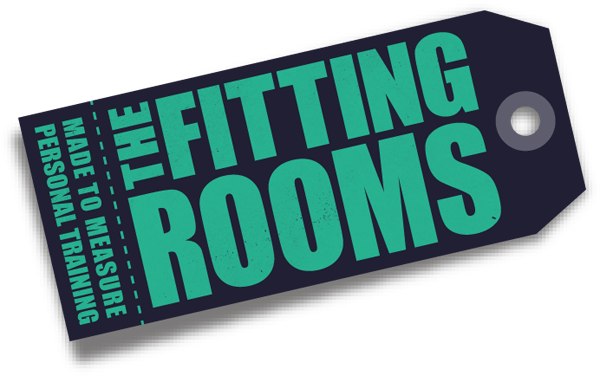
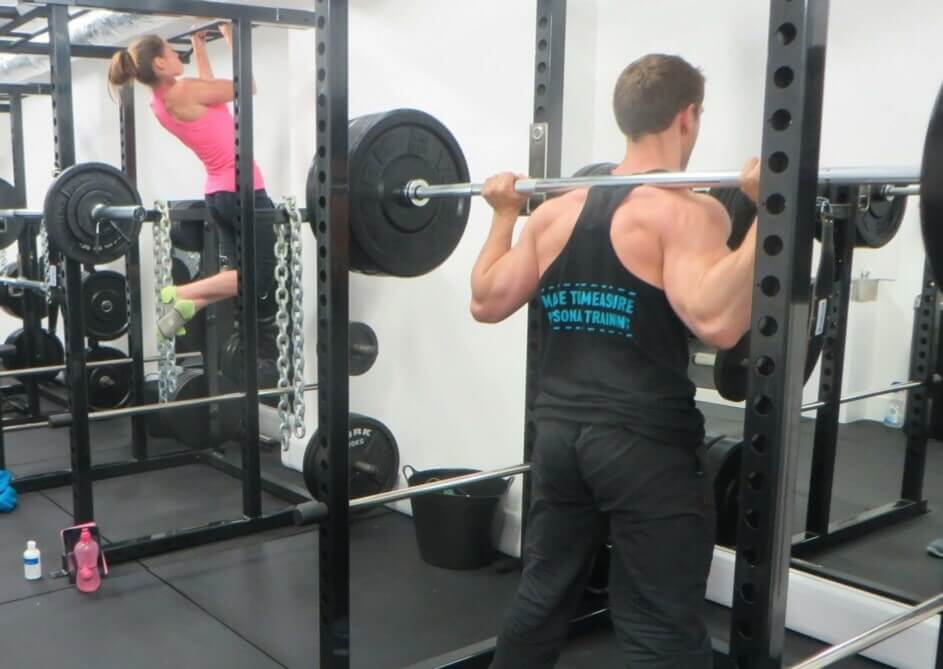
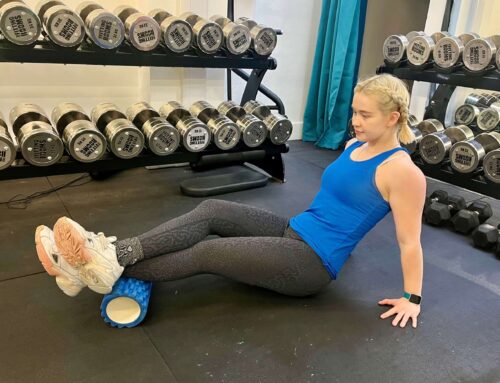

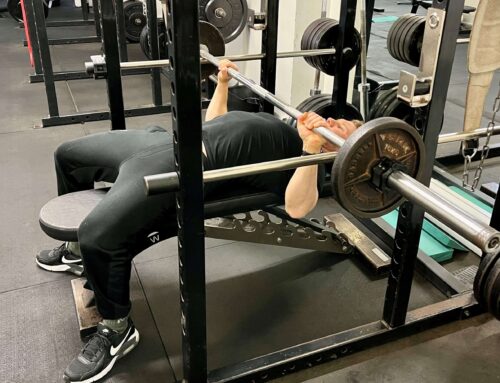

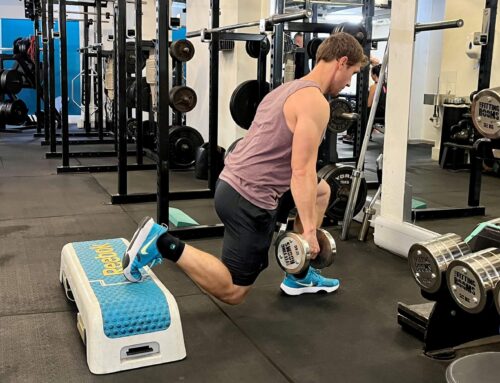
Leave A Comment